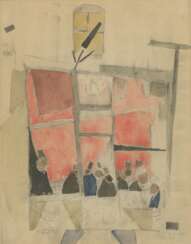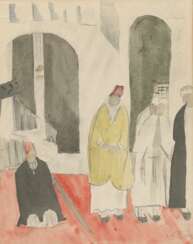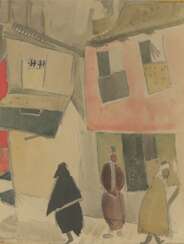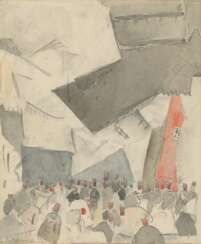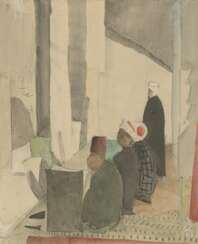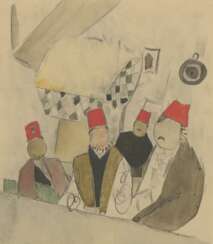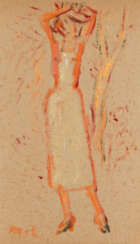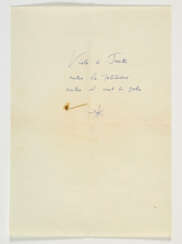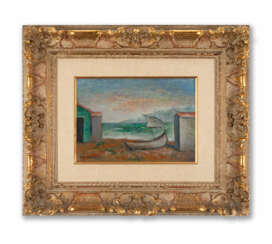cardboard
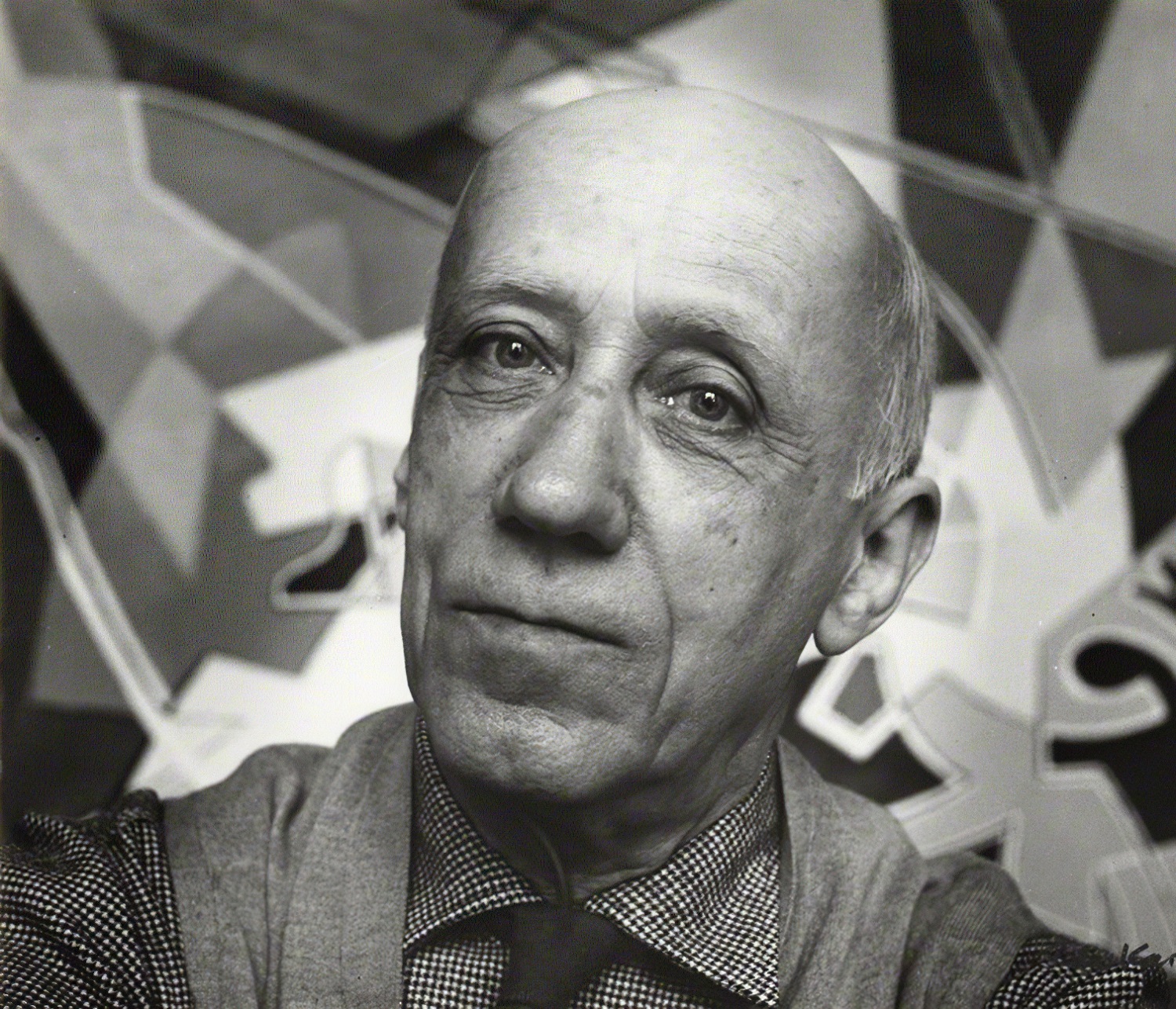
Gino Severini was an Italian painter and a prominent figure in the Futurist movement, known for his dynamic interpretation of movement and light in his artworks. Born in Cortona, Italy, in 1883, Severini moved to Paris in 1906, where he became deeply involved in the avant-garde scene, mingling with leading artists and embracing the vibrant cultural milieu of the city. His work often depicted lively urban scenes, dancers, and the energetic pace of modern life, distinguishing him within the Futurist movement for his unique focus on human figures and lively settings rather than the mechanical world.
Gino Severini's style evolved significantly over the years, moving from Futurism to incorporating elements of Cubism and later adopting a more classical approach in his art. After World War I, he aligned with the "return to order" movement, focusing on classical harmony and balance, which is evident in works like "The Two Pulchinellas." His later years saw him exploring various media, including mosaics and frescoes, contributing significantly to modern mosaic art and earning him the title "Father of Modern Mosaic."
Gino Severini's works are showcased in prestigious galleries worldwide, including the Museum of Modern Art (MoMA) in New York, where his influence on 20th-century art is celebrated. His contributions to art theory, his exploration across different art forms, and his ability to capture the essence of his time make Severini a fascinating subject for art collectors and experts alike.
For those interested in the evolution of modern art and the interplay between different artistic movements, Severini's work offers a compelling study of creativity and innovation. If you are intrigued by Gino Severini's contributions to the art world and wish to stay informed about upcoming sales and auction events related to his works, consider signing up for updates to deepen your knowledge and appreciation of this pivotal artist.
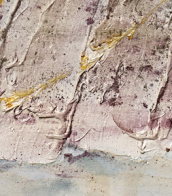
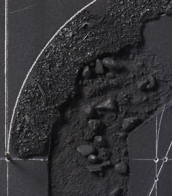
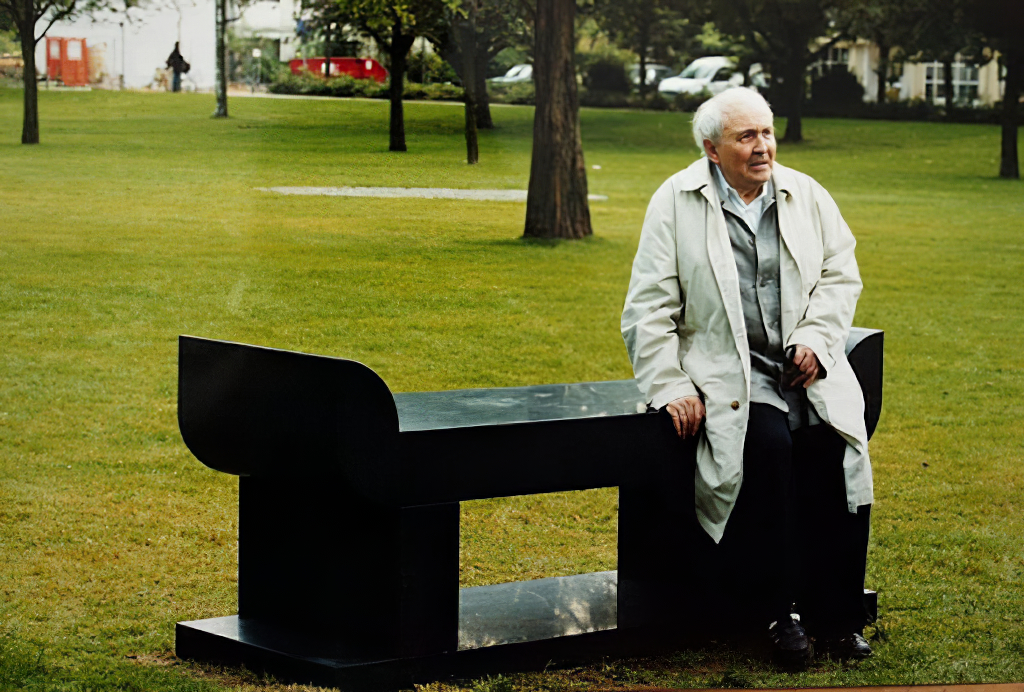
Erwin Heerich was a German artist.
Heerich emphasized that for him, "cardboard, like polystyrene, had no specifically aesthetic or historical connotations, the materials are value-neutral to the largest possible extent." Furthermore, the artist was not primarily "concerned with the manifestation of an art object, but with making an idea material in terms of a specific problem: how space can be presented and formed."
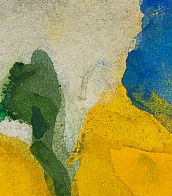




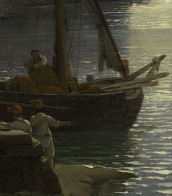
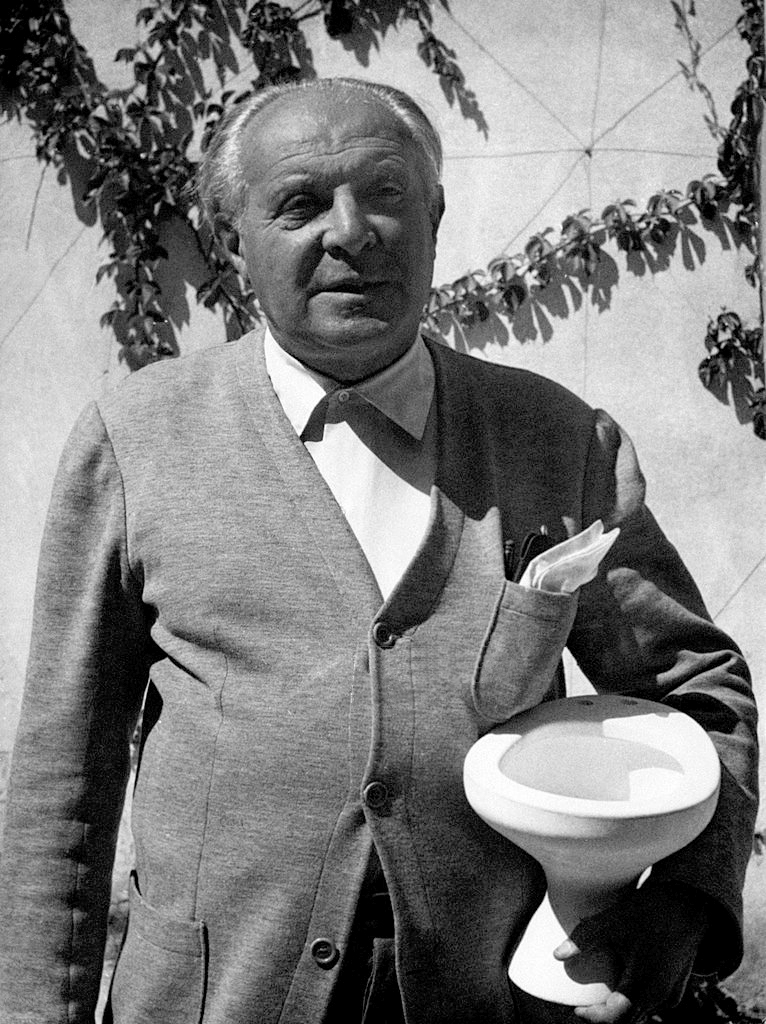
Giovanni (Gio) Ponti was an Italian architect, industrial designer, furniture designer, artist, teacher, writer and publisher.
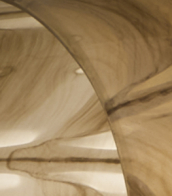
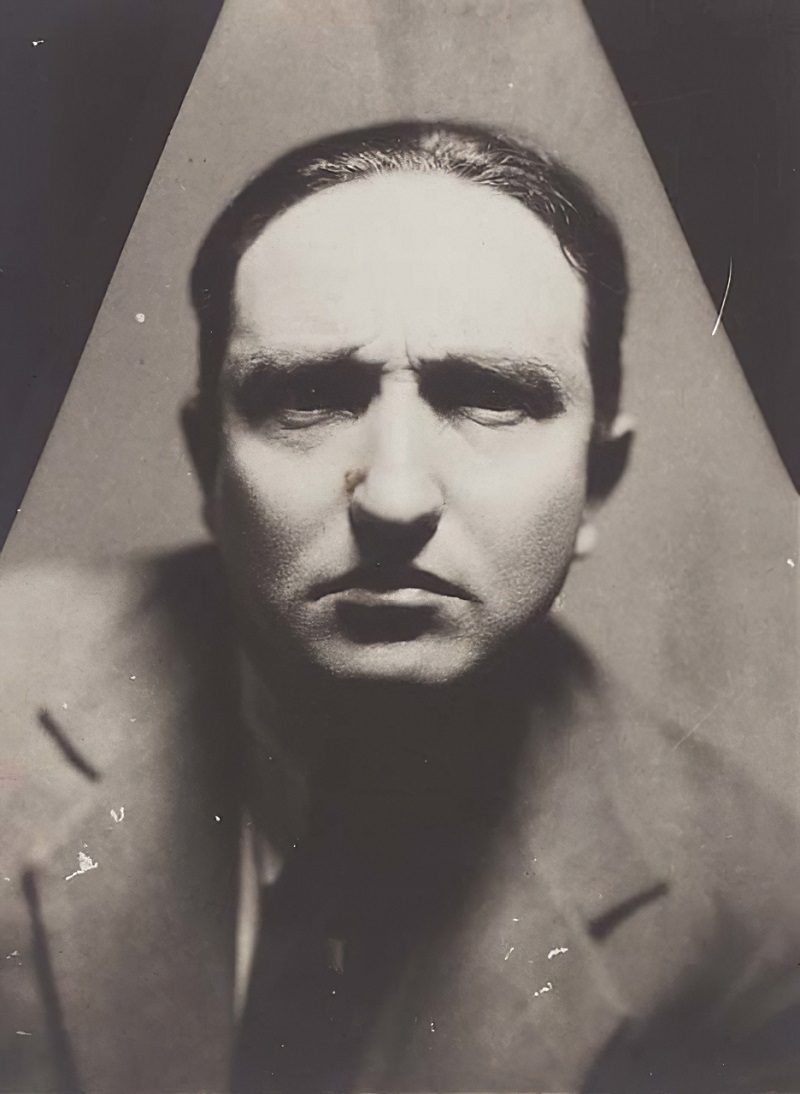
Fortunato Depero was an Italian futurist painter, designer, sculptor and poet. In 1913 Depero comes to Rome, where he meets the futurists Giacomo Balla and Umberto Boccioni.
In the early 1920s, Fortunato Depero tries his hand as an artist in commercial advertising, designs theatrical costumes, works for magazines and as a room decorator, and participates in many art exhibitions.

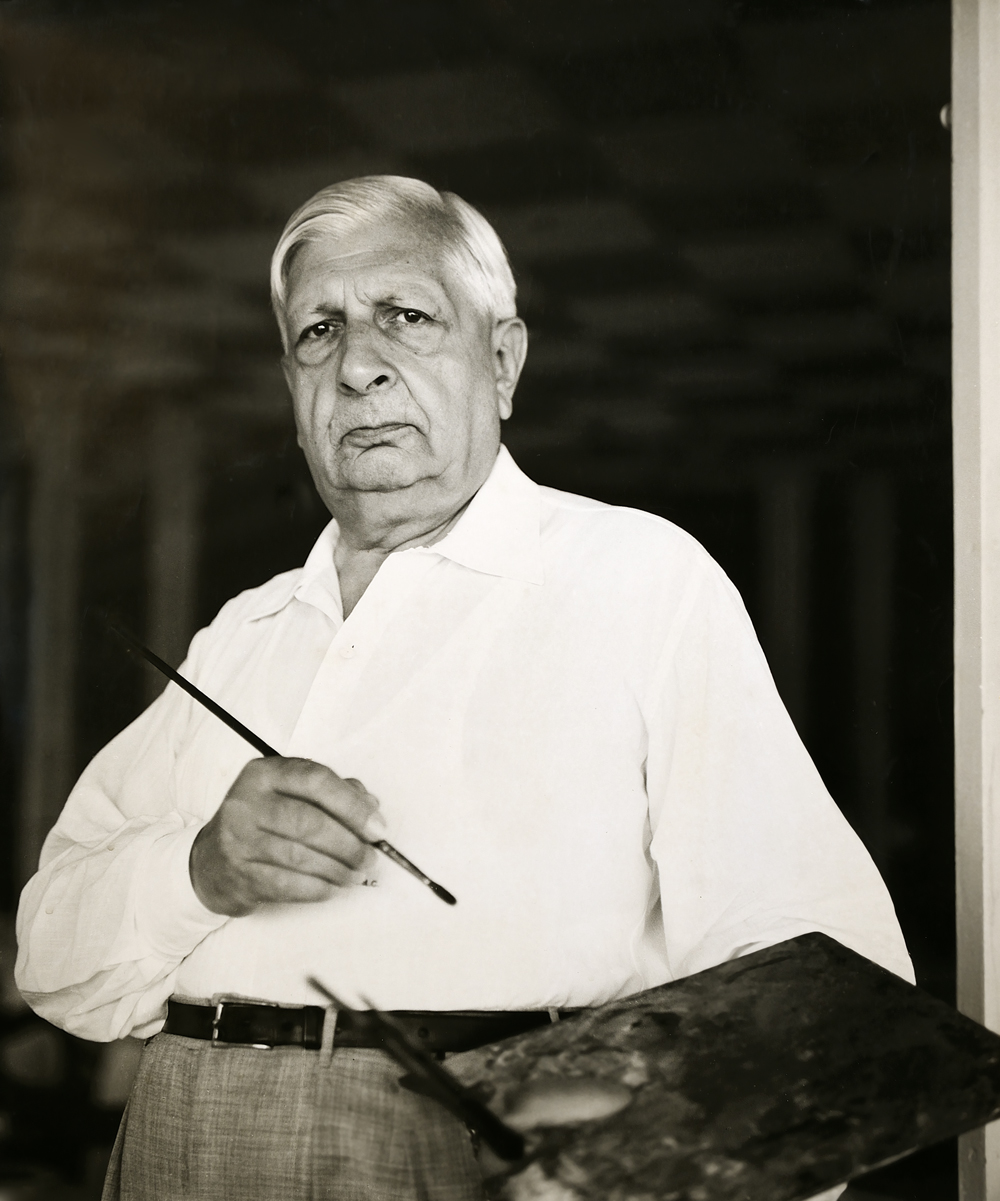
Giuseppe Maria Alberto Giorgio de Chirico, an Italian artist renowned for his profound influence on the Surrealist movement, stands as a seminal figure in 20th-century art. Born in Volos, Greece, in 1888, de Chirico was a visionary painter, sculptor, and writer whose works profoundly altered the landscape of modern art. His paintings, characterized by their dreamlike quality, enigmatic compositions, and the juxtaposition of classical and modern elements, delve into the mysteries of the subconscious, exploring themes of nostalgia, metaphysics, and the uncanny.
De Chirico's art is distinguished by its unique blend of classical motifs with surreal, dreamlike atmospheres, creating a sense of profound mystery and unease. His most famous works, such as "The Enigma of an Autumn Afternoon" and "The Melancholy of Departure," exhibit deserted cityscapes filled with elongated shadows, enigmatic figures, and classical architecture, which became hallmarks of his style. These paintings not only prefigured the Surrealist movement but also influenced countless artists with their exploration of the psyche, the distortion of space, and the play of light and shadow.
His impact on culture and art is undeniable, with his works housed in prestigious museums and galleries worldwide, including the Museum of Modern Art in New York and the Tate Modern in London. De Chirico's ability to evoke the mysterious interconnection between the ancient and the modern through his art continues to captivate collectors and experts in the fields of art and antiques. His innovative approach to painting and sculpture has solidified his position as a key figure in the development of modern art.
For collectors and enthusiasts keen on exploring the depths of 20th-century art and the enigmatic world of Giuseppe Maria Alberto Giorgio de Chirico, staying informed about new discoveries, auction events, and sales of his works is essential. We invite you to sign up for updates to ensure you never miss an opportunity to engage with the enduring legacy of this remarkable Artist. This subscription is your gateway to the latest news related to de Chirico, focusing exclusively on product sales and auction events associated with his influential oeuvre.





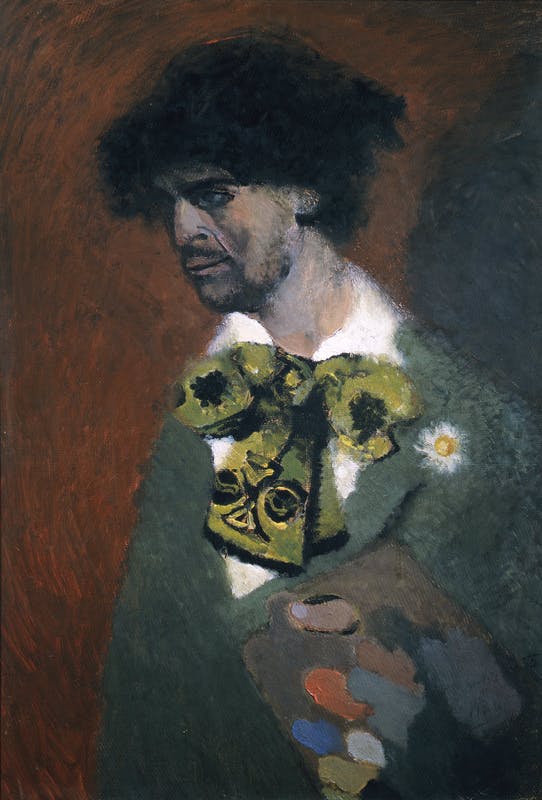



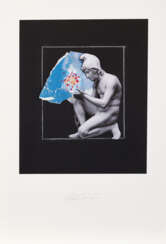

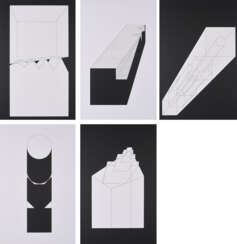

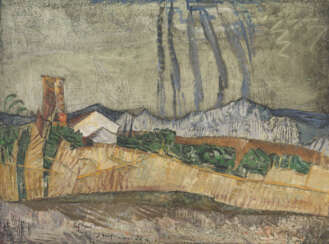

![GRISHENKO, ALEXEI (1883-1977) The Red House , signed three times, once on the cardboard, and dated "1919 X 18", further inscribed in Russian and French "Khamalvi (pour Galerie a Moscau [sic])" on the cardboard on the reverse.](/assets/image/picture_164807/b9053/sgow6pxjhkihxlxukoewmwdzmjw0kkwa0egjxiifevda0rpojakr0w4w6nasjxtz1525912518jpg__fix_374_244.jpeg)
![GRISHENKO, ALEXEI (1883-1977) The Red House , signed three times, once on the cardboard, and dated "1919 X 18", further inscribed in Russian and French "Khamalvi (pour Galerie a Moscau [sic])" on the cardboard on the reverse.](https://veryimportantlot.com/assets/image/picture_164807/b9053/sgow6pxjhkihxlxukoewmwdzmjw0kkwa0egjxiifevda0rpojakr0w4w6nasjxtz1525912518jpg__fix_374_244.jpeg)
![GRISHENKO, ALEXEI (1883-1977) View of Yeni Köprü , signed on the cardboard, further inscribed in Russian and French "Eni Kiopriu (pour Galerie a Moscau [sic])" on the cardboard on the reverse.](/assets/image/picture_164813/bb77e/ll49wwxxlz6rfhejgdqiktmasd6or963zih3bennoriwzpikijkwir1p2vkxda1525912518jpg__fix_374_244.jpeg)
![GRISHENKO, ALEXEI (1883-1977) View of Yeni Köprü , signed on the cardboard, further inscribed in Russian and French "Eni Kiopriu (pour Galerie a Moscau [sic])" on the cardboard on the reverse.](https://veryimportantlot.com/assets/image/picture_164813/bb77e/ll49wwxxlz6rfhejgdqiktmasd6or963zih3bennoriwzpikijkwir1p2vkxda1525912518jpg__fix_374_244.jpeg)
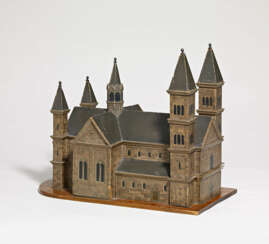

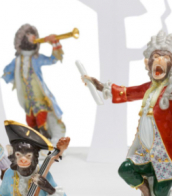
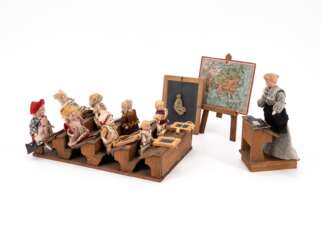

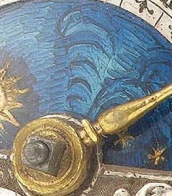
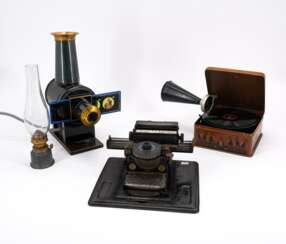

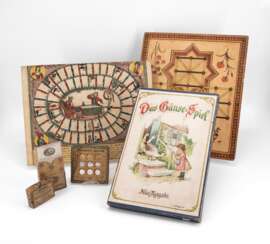

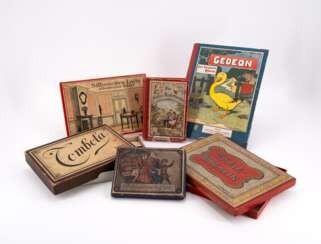



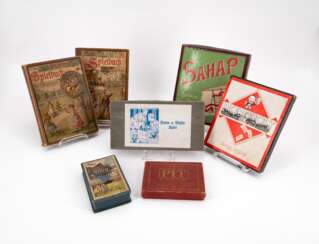

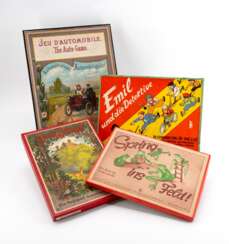



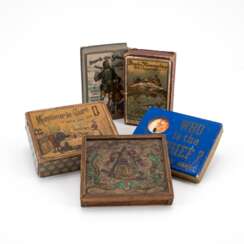

![GRISHENKO, ALEXEI (1883-1977) Istanbul Street , signed twice, once on the cardboard, and dated "20 XI", further inscribed in Russian and French "Doroga v Eitiub Pour Galerie a Moscau [sic]" on the reverse.](/assets/image/picture_164805/57fc1/8z8uxljsazziqugymfbnudgg-7xm-tfrpnvhnz-icebwxsgblylygxosr6m6a8s1525912518jpg__fix_374_244.jpeg)
![GRISHENKO, ALEXEI (1883-1977) Istanbul Street , signed twice, once on the cardboard, and dated "20 XI", further inscribed in Russian and French "Doroga v Eitiub Pour Galerie a Moscau [sic]" on the reverse.](https://veryimportantlot.com/assets/image/picture_164805/57fc1/8z8uxljsazziqugymfbnudgg-7xm-tfrpnvhnz-icebwxsgblylygxosr6m6a8s1525912518jpg__fix_374_244.jpeg)
